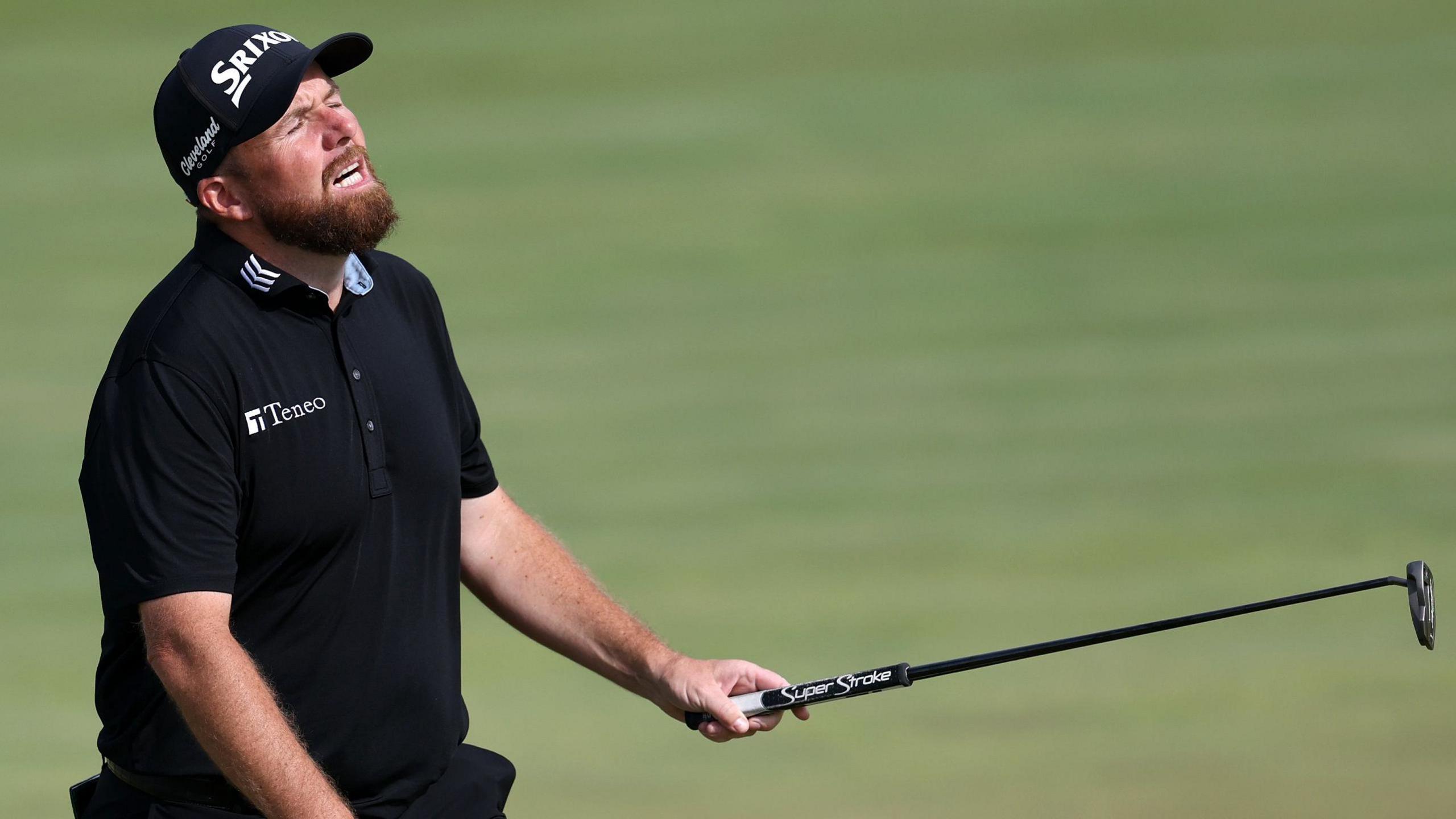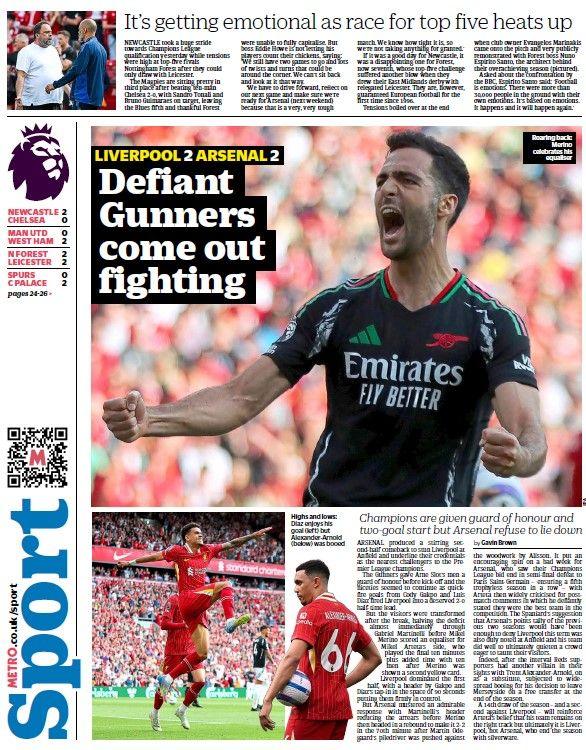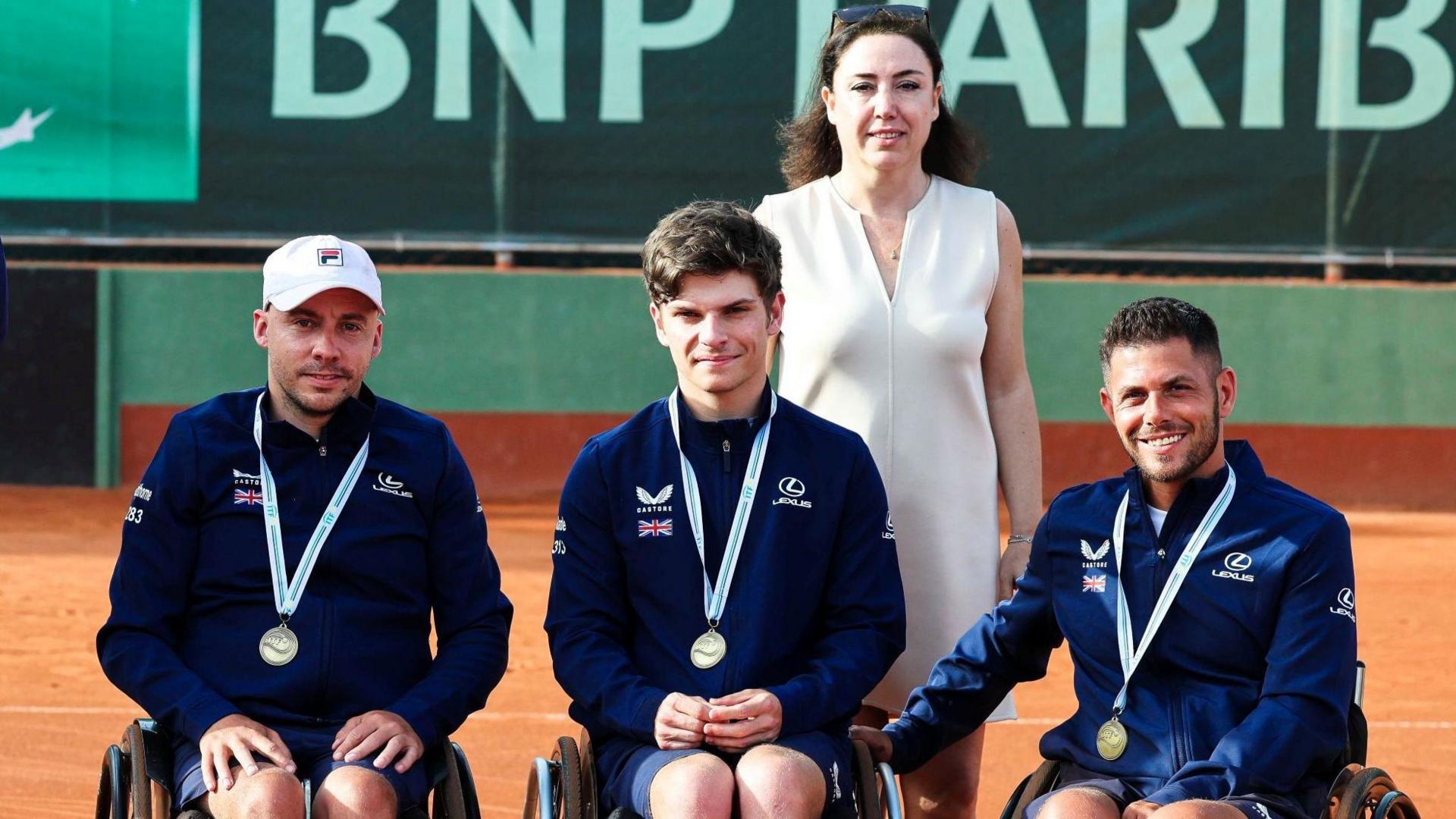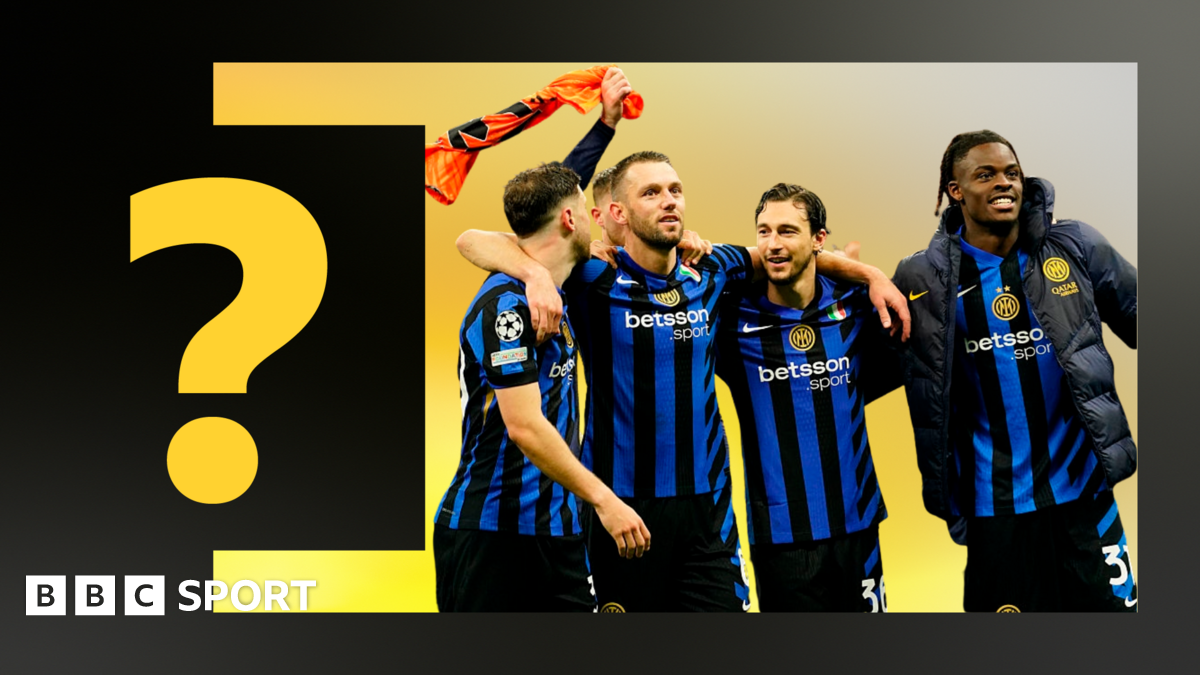Truist Championship final leaderboard
-16 S Straka (Aut); -14 S Lowry (Ire); -14 J Thomas (US); -12 J Bridgeman (US), P Cantlay (US), T Fleetwood (Eng)
Selected others: -10 R McIlroy (NI); -9 X Schauffele (US); -6 M Fitzpatrick (Eng), A Rai (Eng); -4 R MacIntyre (Sco)
Shane Lowry missed out on victory at the Truist Championship as his European Ryder Cup team-mate Sepp Straka claimed the title.
The two players went into the final round in the joint lead on 14 under and it was Austrian Straka who emerged with victory after a final round 68 put him on 16 under.
Irishman Lowry went round in level-par 70, two late bogeys leaving him tied for second with Justin Thomas at the Philadelphia Cricket Club’s Wissahickon Course.
A key moment took place on the 16th when both Straka and Lowry were on 16 under. Lowry missed a five-foot putt and bogeyed the hole, while Straka managed a par to lead by one shot with two holes remaining.
Straka kept hold of his lead to claim his fourth PGA Tour victory, while a dejected Lowry three-putted the 18th hole to finish two shots adrift of the winner, along with American Thomas.
“I hit a lot of really good shots and made a lot of mistakes. I hung in there,” said Straka.
“I had a two-shot lead [after the ninth hole] and made two bogeys on the next two holes to lose it, but I kept the same attitude and mentality throughout the round.”
England’s Tommy Fleetwood birdied the last in recording a 65, along with Americans Patrick Cantlay and Jacob Bridgeman, as they all finished on 12 under for a tie of fourth.
Defending champion Rory McIlroy, a four-time winner of the event when held at Quail Hollow, the venue for next week’s US PGA Championship, finished on 10 under after a steady round of 68 featuring 16 pars.
“I thought on the greens was good even though I didn’t hole a lot of putts today,” said McIlroy. “My approach play got a little better as the week went on, I just need to hit a few more fairways.
“I feel with next week and the tee shots I have to hit there, it’ll set up better for me.
Related topics
- Golf















